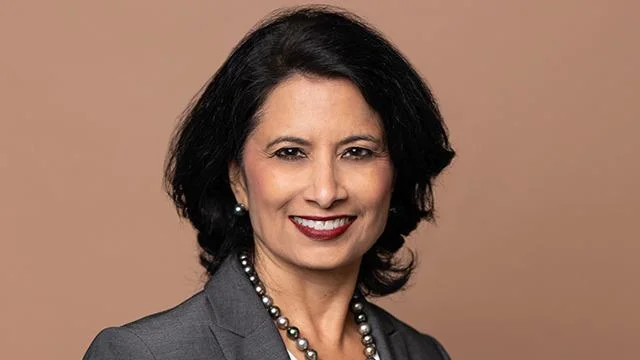Students in the University of Houston’s digital media program are engaging with emerging technologies that go beyond traditional skills like website design and video editing. The program, part of the Cullen College of Engineering Technology Division, now focuses on immersive reality experiences, user behavior analysis, and the influence of artificial intelligence on human relationships.
Tony Liao, associate professor and coordinator of the digital media program at UH, explained the approach: “It’s a growing field that has to evolve constantly. We prepare our students within digital media to be strategists who can learn and pick up a lot of new media platforms and technologies. That’s our overarching vision, because if you teach somebody one software or platform, it could be gone in five years.”
Liao’s interest in media began after he participated in “The Oprah Winfrey Show” as a teenager following a tragic accident in his Ohio community. He recounted: “I’m 15, and I’m speaking to probably the largest audience I will ever speak to in my life.” He later studied at the University of Southern California and Cornell University before joining UH in 2021.
The CougAR Lab at UH was established by Liao to study immersive technologies from a social science perspective. The lab investigates how people use virtual and augmented reality (VR/AR), their effects on perceptions of place, and how discussions around these technologies might shape future development. Projects include developing VR games for spinal cord rehabilitation patients, collaborating with the College of Education to help teachers design classroom layouts using VR technology, and studying interactions between humans and virtual pets.
“We’re at this point now where we’re like, ‘OK, VR has an effect,’” Liao said. “It has a greater effect, in some ways, than [traditional] media because of these unique possibilities. Some of that is interactivity. Some of it is embodiment. Some of it just being able to see new and weird things you couldn’t otherwise. Some of it is presence — the more immersed you are in it, the more real it feels.”
Albion Stevens serves as student council president for the digital media program. She values the multidisciplinary aspect: “A digital media student is not necessarily a specialist, but they can do more than a specialist can ever accomplish,” Stevens said. “Our leg up is that we can do graphic design as well as manage your project. Let’s say I’m applying to do some app development. I can be your user experience researcher to tell you what works and what doesn’t work, or I can do some form of data analytics and collect data.… We can bring more to a job or organization than just the specific skill they might have been searching for.”
The curriculum covers graphics creation, user experience research, website and app design, social media strategy, digital marketing, content creation, and includes access to an esports lab.
Liao noted that demand for graduates continues to rise; enrollment has grown from about 300 students ten years ago to over 500 today.
Looking ahead, both faculty and students expect AR/VR technologies will become even more integrated into daily life due to ongoing investment by major technology companies seeking practical applications for these tools.
Stevens is considering graduate school after her internship with Baylor College of Medicine’s Center for Teaching and eLearning—a role combining her interests in technology, education, and design.
“It’s kind of like you have a lot of candy in front of you, and someone tells you to choose one, but all of them are your favorites,” she said about her career prospects. “It’s going to take you a while to decide what you actually want.”

